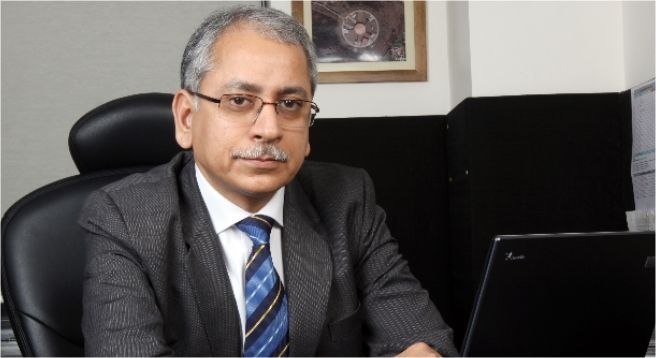Tata Sky CEO Harit Nagpal, who really gave an additional impetus to the company’s growth, charting out a new path for the DTH platform, feels that there is a need for transparent dialogue between the Indian regulators and industry players where the goal should be to find a middle path.
This transparency in discussions, which is currently missing, is needed for both parties to do their jobs well, Nagpal said in an interaction with Creative First, a collaborative initiative of industry players, legal firms and industry bodies like MPA India and FICCI, an Indian chamber of commerce.
Nagpal’s views gain significance as DTH companies in India are seeking a level playing field vis-à-vis national broadcaster Doordarshan’s FTA DTH platform Free Dish, which, according to representations made by the likes of Tata Sky, is able to provide the same TV channels to its subscribers free that private sector DTH players put a price tag on for their customers.
The reason for the difference in pricing strategy is because the TV channels pay a price for a slot on Free Dish through auctions and subsequently provide the channels free, while the same channels have a price tag attached to them when offered to private sector DTH players like Tata Sky, Dish TV, Airtel Digital and Sun Direct.
TRAI has not yet made public its views on the Tata Sky representation.
Meanwhile, speaking to Creative First on other issues, Nagpal said that the near-future goal for Tata Sky was to part convert as paid subscribers those TV subscribers that are part of the 40-45 million FTA TV homes.
The seasoned CEO doesn’t feel that linear TV in India will fade out anytime soon, despite some percentage shift to streaming platforms in recent times. According to Nagpal, the fact that out of the 280 million households in India, 100 million still don’t have access to a television is in itself a great opportunity for Tata Sky and similar players.
Tata Sky’s latest offerings combine both DTH and OTT viewing via a single device. When asked by Creative First if this was a form of cord cutting, Nagpal replied that television and OTT will always be complimentary to each other.
Given that it isn’t cord cutting in the true sense, it only makes sense to adapt to distributing on-demand content if the Tata Sky customer wishes to watch it, Nagpal explained.
On Tata Sky’s encryption standards and preventive measures taken to tackle piracy, he revealed that the signal transmitted from Tata Sky is encrypted in a manner that it cannot be decrypted unless authorised by someone at the company.
Nagpal, who comes from a FMCG background, described broadcasting as faster moving consumer goods and that it was important for broadcasters to meet with customers to figure out the needs of the viewers. “We first discover customer need and then use technology to create products and processes to fulfill them,” he stated.
Creative First is a forum to highlight the vital role played by the media and entertainment industry in India to foster creativity, innovation and culture, which in turn stimulate investment, jobs and economic growth, the organization declared on its website.
Creative First provides quality commentary, research and additional resources on the value of copyright and the promotion and protection of the creative industries. Its partners include FICCI, MPA India, Producers Guild of India, IPTSE, IPRmentlaw, legal firm Sai Krishna & Associates, International Legal Alliance and India Future Foundation.
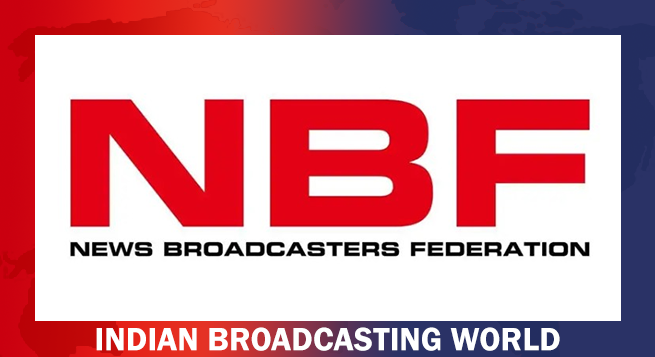 NBF issues another advisory to member TV news channels
NBF issues another advisory to member TV news channels  Govt directs OTT platforms to stop airing Pak content
Govt directs OTT platforms to stop airing Pak content 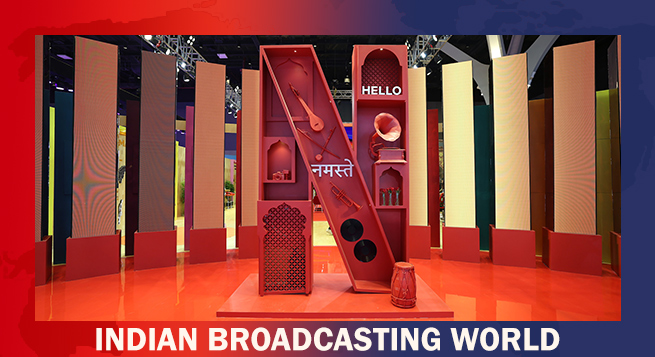 Netflix to have AI-powered iOS search in TV app revamp
Netflix to have AI-powered iOS search in TV app revamp  India sets up panel to review copyrights laws, AI disputes
India sets up panel to review copyrights laws, AI disputes 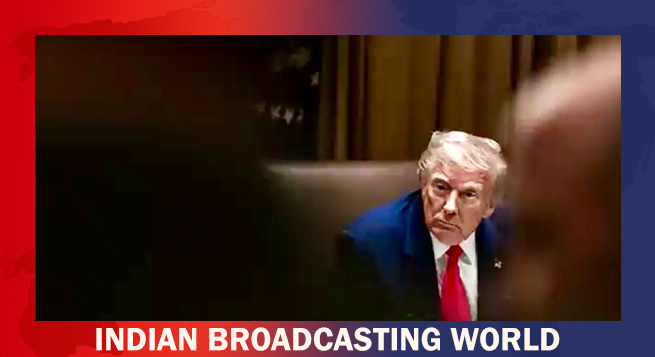 Can Trump’s foreign movie tariff threat impact Indian films’ biz?
Can Trump’s foreign movie tariff threat impact Indian films’ biz? 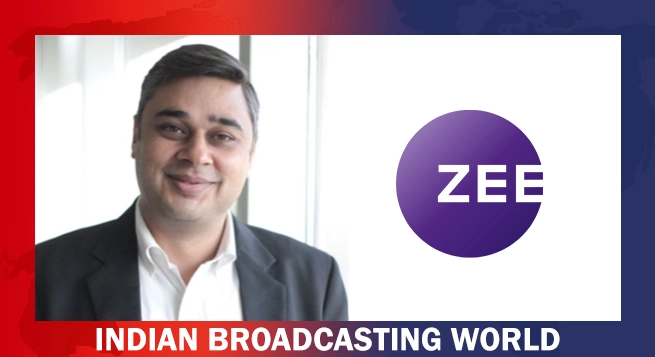 ZEEL appoints Rohit Suri as Chief Human Resource Officer
ZEEL appoints Rohit Suri as Chief Human Resource Officer 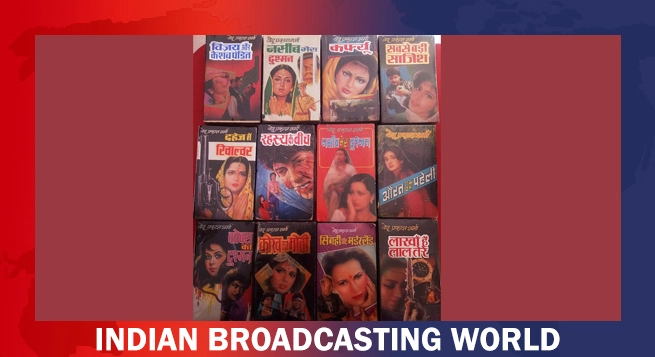 Ved Prakash Sharma’s bestselling novels to get film adaptations
Ved Prakash Sharma’s bestselling novels to get film adaptations 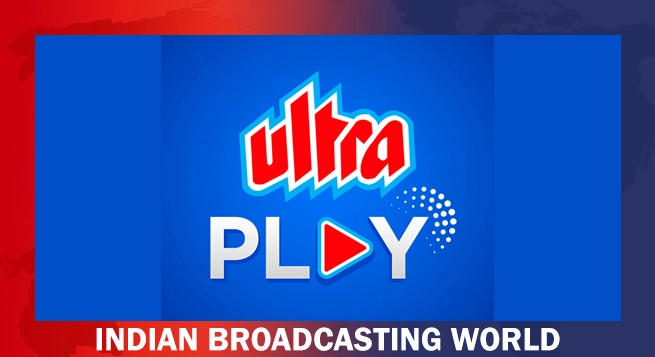 Ultra Play celebrates iconic Bollywood mothers with content lineup
Ultra Play celebrates iconic Bollywood mothers with content lineup 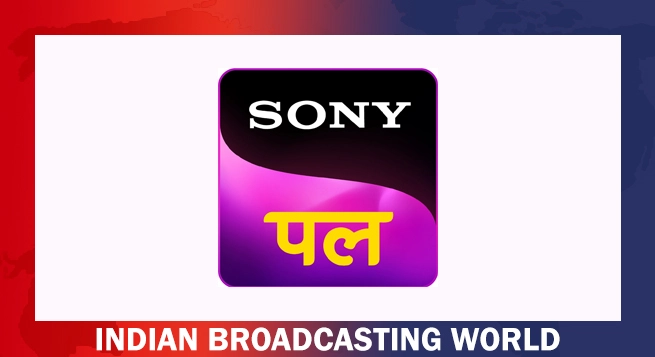 Sony PAL records 15.6% weekly reach in Week 17: BARC Report
Sony PAL records 15.6% weekly reach in Week 17: BARC Report 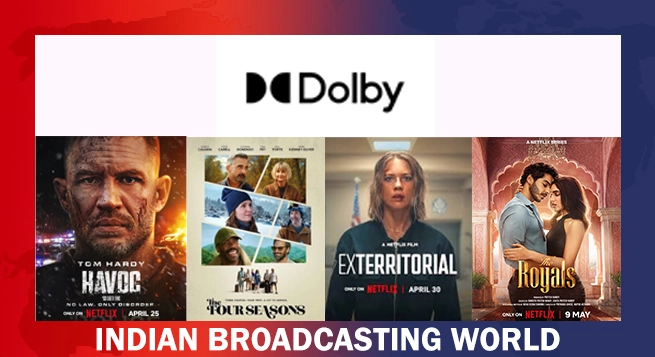 Dolby announces Mother’s Day special content lineup
Dolby announces Mother’s Day special content lineup 


